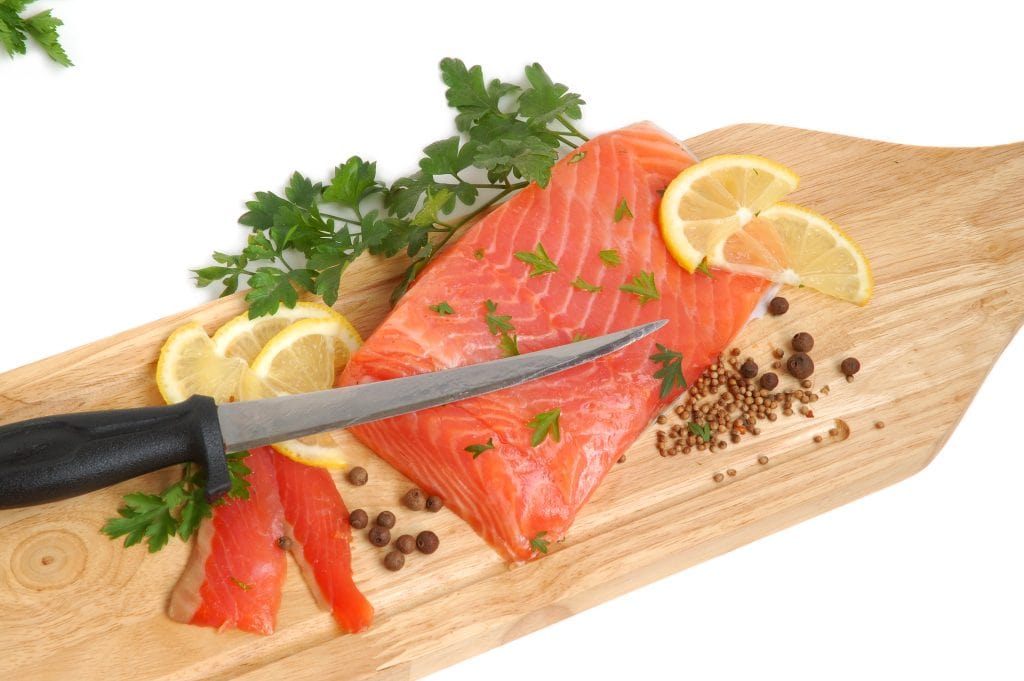Sharpening a fillet knife is crucial for any kitchen enthusiast. A well-sharpened knife can make a significant difference in the quality of your food preparation. This guide will delve into the steps of sharpening a fillet knife using a stone, a method celebrated for its precision and efficiency.

Why You Need a Sharp Fillet Knife
A sharp fillet knife is essential for various reasons. It ensures clean cuts, reduces the risk of accidents, and maintains the integrity of the meat. Dull knives, on the other hand, can tear through food, causing waste and requiring more effort.

Choosing the Right Sharpening Stone
The first step in learning how to sharpen a fillet knife with a stone is selecting the right stone. Sharpening stones come in different materials, including water stones, oil stones, and diamond stones. Each type has its own benefits and is suitable for different sharpening needs.
Water Stones
Water stones are popular due to their quick sharpening capabilities. They are soaked in water before use, which helps in creating a slurry that aids in the sharpening process.
Oil Stones
Oil stones use oil to lubricate the surface while sharpening. They are known for their durability and ability to produce a fine edge.
Diamond Stones
Diamond stones are the hardest and most durable options. They do not require any lubrication and can sharpen even the hardest of steels quickly.

Preparing to Sharpen Your Fillet Knife
Gather the Necessary Tools
Before starting, ensure you have all the necessary tools at hand. You will need:
- A sharpening stone
- A fillet knife
- Water or oil (depending on the type of stone)
- A cloth for drying
Clean Your Knife
Ensure your fillet knife is clean before sharpening. Food residues can interfere with the sharpening process and damage the stone.

The Sharpening Process
Step 1: Lubricate the Stone
For water stones, soak the stone in water for about 10-15 minutes. For oil stones, apply a small amount of oil to the surface.
Step 2: Find the Right Angle
Hold the knife at a 20-degree angle to the stone. Maintaining the correct angle is crucial for effective sharpening.
Step 3: Sharpen the Knife
Move the blade back and forth across the stone in a smooth, consistent motion. Apply even pressure to ensure the entire edge is sharpened uniformly. Repeat this process on both sides of the blade.
Step 4: Check the Edge
After sharpening, check the edge for sharpness. You can test it by cutting through a piece of paper. If it cuts cleanly, your knife is sharp. If not, repeat the sharpening process.
Maintaining Your Sharpened Knife
Proper maintenance is essential to keep your fillet knife sharp for longer. Clean the knife after each use, store it properly, and avoid using it on hard surfaces.
FAQs
How often should I sharpen my fillet knife?
It depends on how frequently you use the knife. A good rule of thumb is to sharpen it every few months, or whenever you notice it becoming dull.
Can I use a sharpening stone on other types of knives?
Yes, sharpening stones can be used on various types of knives, including chef’s knives, paring knives, and more.
What is the best angle for sharpening a fillet knife?
The best angle for sharpening a fillet knife is around 20 degrees. This provides a fine edge without compromising the strength of the blade.
For more information on knife sharpening, check out this useful guide on Good Housekeeping.
As an Amazon Associate, I earn from qualifying purchases.


